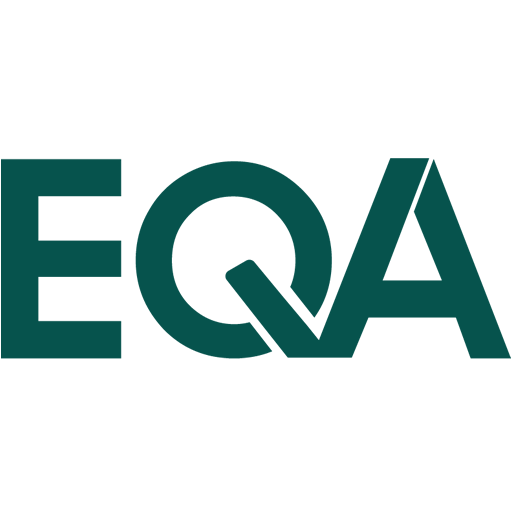
UNE 166006 – R&D&I Management System: Surveillance and Intelligence
The UNE 166006 Standard, focused on R&D&I Management through a Surveillance and Intelligence System, proposes to structure the process of data collection, analysis and communication of information, in order to support decision making in the organisation at all levels.
This standard is applicable to any company, regardless of its size, activity or geographical scope. It can also be used as a purchasing specification for the procurement of services from third parties.
The UNE 166006 Standard, focused on R&D&I Management through a Surveillance and Intelligence System.
It is aligned with other management systems, especially with UNE 166002, in order to ensure the compatibility of these systems for the benefit of the user community.
Benefits of UNE 166006 certification
UNE 166006 certification provides companies with the following benefits:
- Anticipation of changes in the context of the organisation.
- A better use of opportunities
- Anticipation of potential risks and minimisation of identified weaknesses.
- Identification of new innovation proposals, new ideas and R&D&I projects.
- Identification of potential collaborators.
UNE 166006 Certification with EQA
The UNE 166006 certification process with EQA has the following steps:
1.- Request for certification
2.- Planning of the initial audit
3.- Carrying out the initial audit, which consists of two phases:
Phase I goals:
- To check that the surveillance management system is defined and implemented, and has sufficient records to face Phase II with guarantees of success.
Phase II goals:
- To gather all the necessary evidence to verify the conformity and effectiveness of the Surveillance and Intelligence Management System in accordance with the requirements of the UNE 166006 standard.
4.- If during the development of the audit, the audit team detects any non-conformity, the organisation shall draw up a corrective action plan to avoid its repetition, together with the evidence of its implementation.
5.- Review of the dossier in the Certification Committee.
6.- Issuance of the certificate for a validity of 3 years.
The maintenance of the certificate is conditional on the following process:
- Annual follow-up audit.
- Recertification audit after 3 years.
Frequently Asked Questions
Guarantees of the UNE 166006
Through the application of this standard, organisations can:
- Encourage the development of R&D&I activities.
- Systematise the monitoring process and integrate it into the general management of the company.
- Adequately select the project portfolio.
- Assess technological and/or market options.
- Know the impacts and interactions between technologies, products and processes.
- Knowing the expectations for the evolution of technologies.
- Investment and commercialisation opportunities.
- Information on social trends.
- Compatibility with other management systems.
Contents of UNE 166006
– Chapter 4: Organisational context: includes the analysis of internal and external issues affecting the organisation; the identification of stakeholder needs and expectations; and the definition of the activities and methods comprising the surveillance and intelligence management system.
– Chapter 5: Leadership: includes management commitment and formalisation of policy.
– Chapter 6: Planning: including risks and opportunities and the planning of intelligence and oversight objectives.
– Chapter 7: Surveillance and intelligence support: identify, provide and establish methods for the resources required for the development of the surveillance and intelligence management system, including human resources, infrastructure, financial, confidentiality, outsourcing and visualisation.
– Chapter 8: Surveillance and intelligence operational processes:
- Identification of information needs.
- Surveillance and intelligence planning.
- Information search and processing process.
- Information valorisation.
- Distribution and storage.
- Surveillance and intelligence products and results.
– Chapter 9: Evaluation of the performance of the management system:
- Monitoring, measurement, analysis and evaluation.
- Internal audit.
- Management review.
– Chapter 10: Improvement.
Contact us for more information about UNE 166006
Follow us
Tel. +34 913 078 648